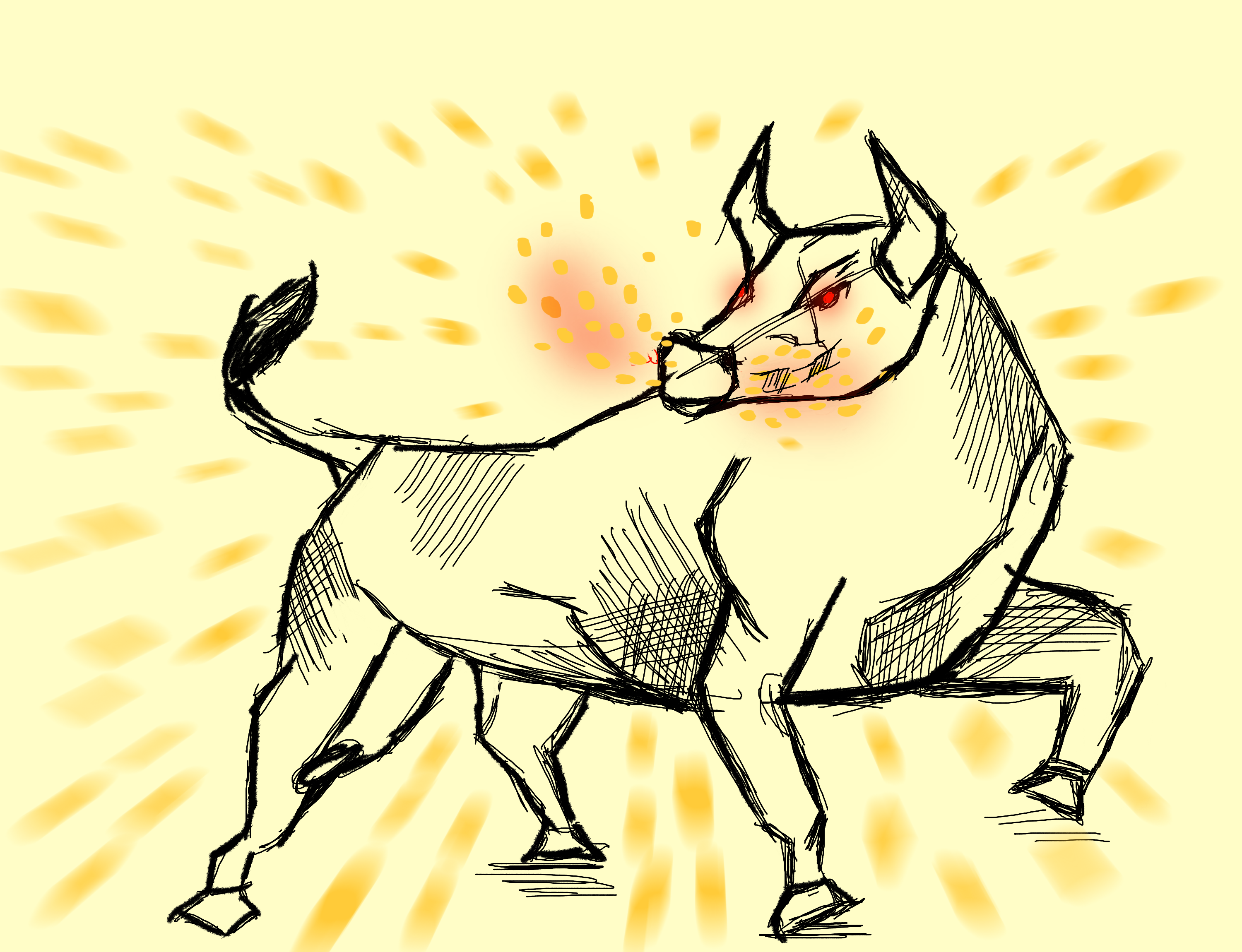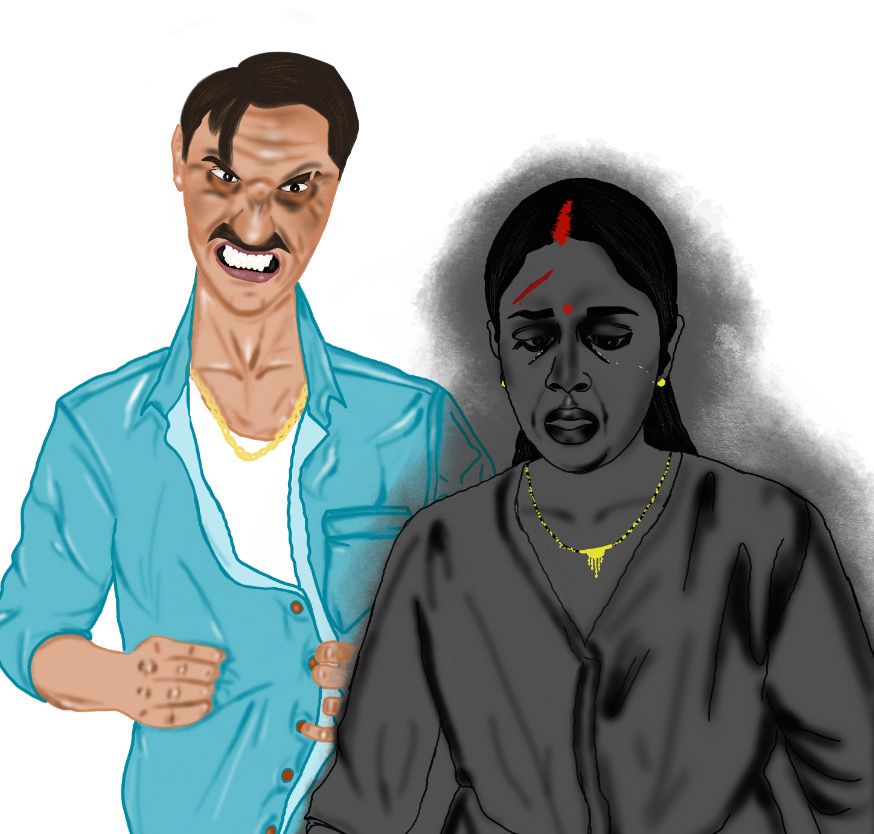Harshad Mehta was not a criminal, he was a product of a system that allowed him to thrive only to knock him down when the consequences of its failure caught up. Harshad Mehta, the biggest stock market broker the 1990s had ever seen was a man with a vision; spotting opportunity where others saw hindrances. Luxury cars lined up in his driveway, reporters clung to his every word, and investors followed him with cultlike devotion. His story was nothing less than inspiring. A penniless jobber, struggling to provide for his family, to the most iconic man in the country. He was the dream. A dream he was soon to be awakened from.
The infamous 1992 Scam revolves around the misuse of Bank Receipts;
documents that confirm a financial transaction. Mehta didn't invent
this; they came from an already shaky system. Mehta simply used
techniques like having corrupt officials sign fake cheques, abuse
market loopholes, and use fabrication to drive stock prices up to 40
times their original price.
 State
Bank of India (SBI) and the National Housing Bank (NHB) took part in
these deals. For instance, the NHB sent ₹500 Crores to Mehta's
account without due diligence. Likewise, many banks joined in shady
deals, only to plead ignorance later. When this mess came to light,
who took the fall? Mehta.
State
Bank of India (SBI) and the National Housing Bank (NHB) took part in
these deals. For instance, the NHB sent ₹500 Crores to Mehta's
account without due diligence. Likewise, many banks joined in shady
deals, only to plead ignorance later. When this mess came to light,
who took the fall? Mehta.
Now, this raises one question: Why Mehta?
Mehta bore
the brunt of it all because blaming one person was easier than
faulting an entire system. He made a perfect scapegoat due to his
sway and his inability to remain invisible. His flashy lifestyle,
love for the spotlight, and success marked by luxurious cars and
pricey properties, made him stand out. When the scam came to light,
those in power needed someone to blame. This helped calm public
anger and shift focus from the deeper problems within the system.
Mehta fit the role perfectly.
The government, the banks, and the market's elite all washed their hands of him and pleaded ignorance, claiming they had never stood by his side. He had just played by the rules that they all had quietly benefited from until he grew too large, too brazen, and too conspicuous.
It began when Sucheta Dalal, a journalist noticed something most didn't-the inconsistent movement of large amounts of money moved around without any explanation, a vulnerable system manipulated in plain sight. Refusing to ignore these discrepancies, she embarked on an investigation, chasing threads that went beyond the stock market deep into India's extremely corrupt and flawed banking system.
The fact that Mehta alone was in the limelight, was what made him the big bull. Others who engaged in similar practices slipped away unscathed. This pointed to a harsh truth: he was punished not because he was the only wrongdoer, but because he became too big. The banks that helped him manipulate the market, the stock brokers who participated in these shady deals, and the politicians who had turned a blind eye all not only evaded accountability- they managed to make the narrative such, that all public scrutiny went to Mehta.
Mehta's presence in the sector did help India's financial sector in undeniable ways even after his downfall. He revealed the weaknesses of the system that many people believed was strong. He showed how far financial markets can be driven if left unmonitored. His ascent and demise were not only about one man's selfishness but also about the system that has been operating in the shade for many years with the help of loopholes, lack of oversight, and ignoring the facts.
If Mehta hadn't been caught, would the system have changed? The answer likely lies in history. Financial market both in India, and globally have a habit of only evolving when forced to. Scandals often precede reforms, and Harshad's case was no different. His actions may have led to many short-term corrections along with some long term ones and although the corrupt minds left unscathed will always find new ways to evade the law, its necessary to recount what Mehta added to the system with his ultimate demise.
So let's take a look at what Mehta's brilliant mind brought to the Indian banking system. The Securities and Exchange Board of India (SEBI), established in 1988, was granted statutory powers through the SEBI Act of 1992. This empowerment enabled SEBI to regulate the securities market more effectively, including the authority to investigate and penalize fraudulent activities. SEBI introduced stringent insider trading regulations, ensuring that trading based on non-public information was curtailed. Companies were mandated to disclose significant events promptly, enhancing transparency and corporate governance.
The scandal also underscored the need for modernization in trading practices. This led to the establishment of the National Stock Exchange (NSE) in 1994, pioneering electronic trading in India. The shift from manual to electronic trading platforms improved efficiency, reduced errors, and increased transparency in the trading process. Additionally, the Depositories Act of 1996 facilitated the dematerialization of securities, eliminating risks associated with physical share certificates and streamlining the settlement process.
And while the banking system may have become sleeker, faster, and better regulated, one has to ask, what's the point of fixing the machine if you leave the rust inside? The reforms meant nothing if the very people who bent the rules were never held accountable. Corruption didn't vanish; it simply got smarter, better dressed, and more discreet.
Harshad Mehta was
no ordinary
scammer; he was a visionary, a financial genius who exposed just how
fragile and flawed the system truly was. But instead of bringing
down the entire corrupt network, the system made him its scapegoat.
He was the face of the scam, but not the only hand in the cookie
jar. And the cruelest twist? He died behind bars, denied proper
healthcare, while others walked free in suits, untouched and
unbothered. Mehta's story will forever be a testament to the fact
that justice is rarely about the truth and more often about who who
takes the fall. Mehta may have lost everything, but his story
endures as a testament to the forces that shape financial
empires—and the precarious nature of those who dare to challenge
them.

 not a
shared act of consent. Let's not pretend this is just about law.
This is about culture. In an average Indian household, Girls are
raised to "adjust", "compromise", and "satisfy their husband's
needs." Refusing sex is seen as disrespect. Worse, some
mothers-in-law shame their daughters-in-law for not "fulfilling
their duty"Ask yourself: If a woman can't say "no" in her own
bedroom, is she free? Or is she just a well dressed prisoner? India
criminalises sexual assault with live-in relationships. A man can be
jailed for raping his partner in a relationship with no legal
binding. But if the same man gets married to her, he gets full
immunity. In India, a live-in partner has more sexual rights than a
wife.
not a
shared act of consent. Let's not pretend this is just about law.
This is about culture. In an average Indian household, Girls are
raised to "adjust", "compromise", and "satisfy their husband's
needs." Refusing sex is seen as disrespect. Worse, some
mothers-in-law shame their daughters-in-law for not "fulfilling
their duty"Ask yourself: If a woman can't say "no" in her own
bedroom, is she free? Or is she just a well dressed prisoner? India
criminalises sexual assault with live-in relationships. A man can be
jailed for raping his partner in a relationship with no legal
binding. But if the same man gets married to her, he gets full
immunity. In India, a live-in partner has more sexual rights than a
wife.